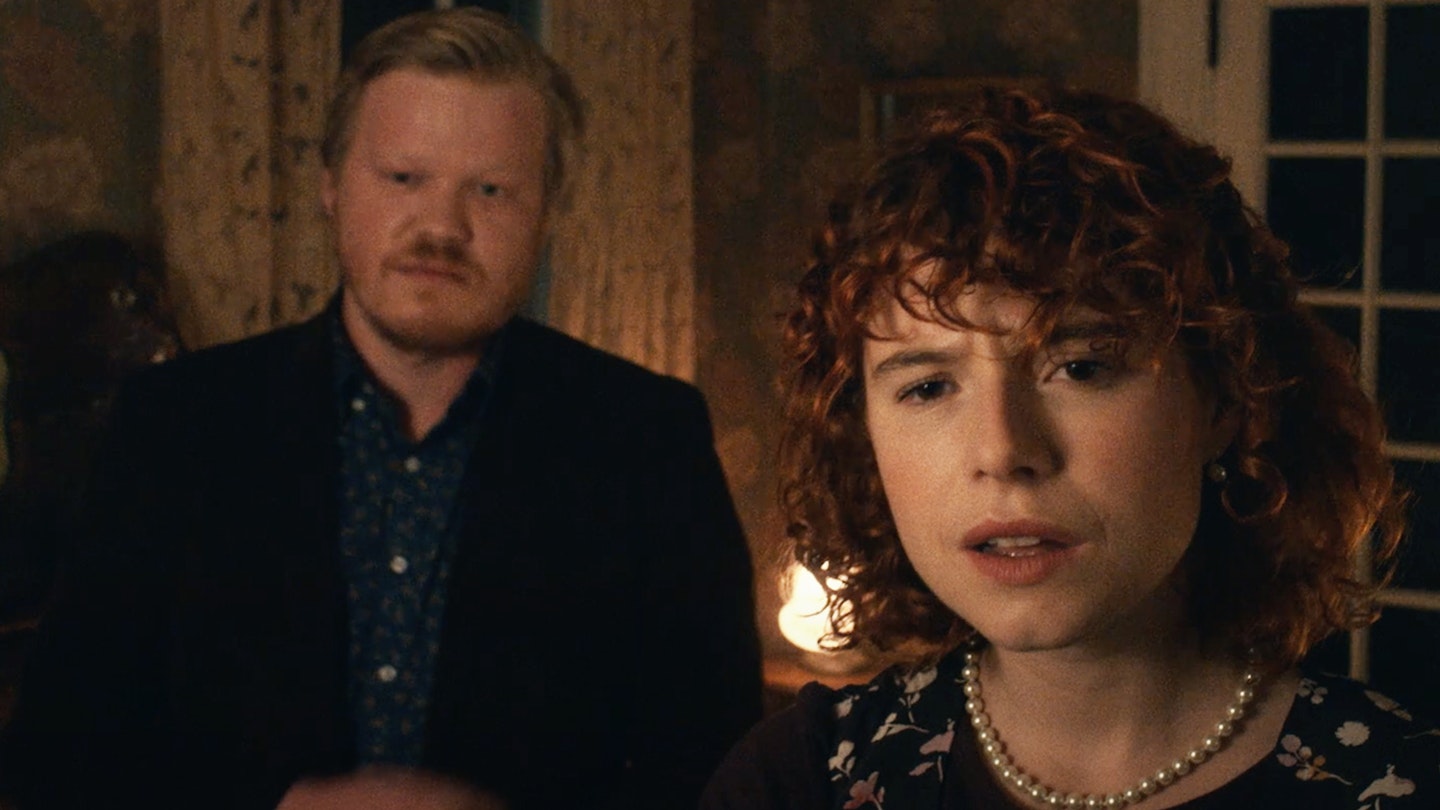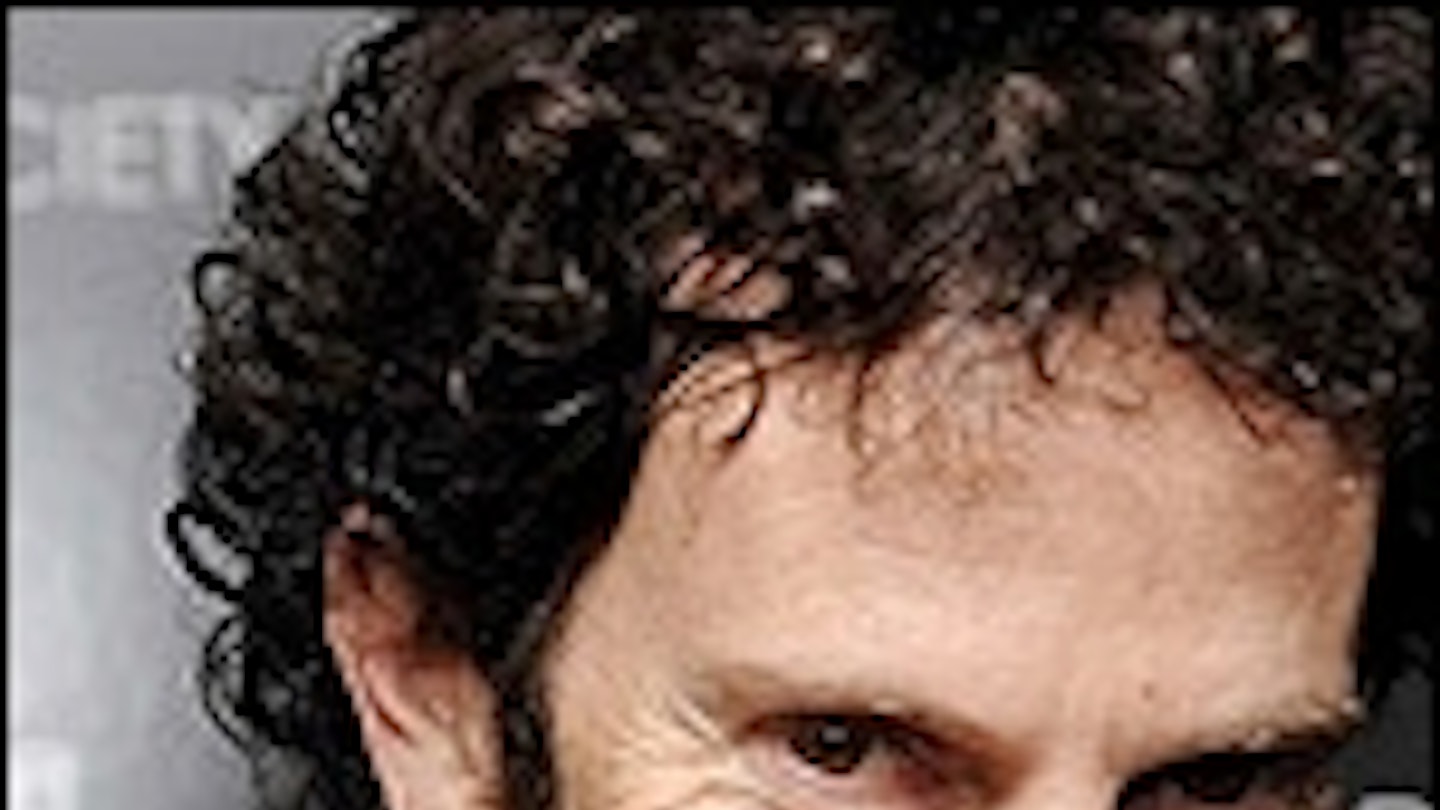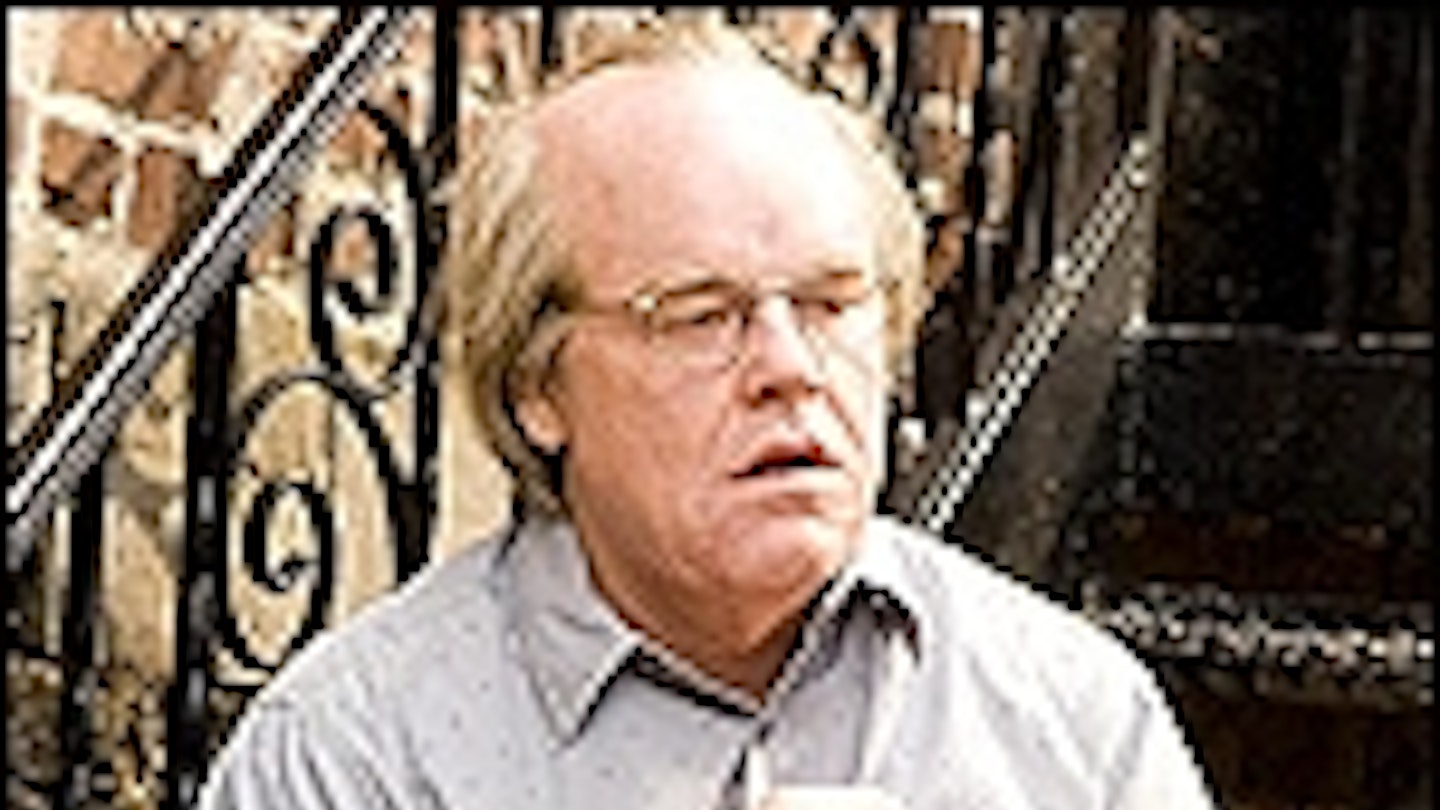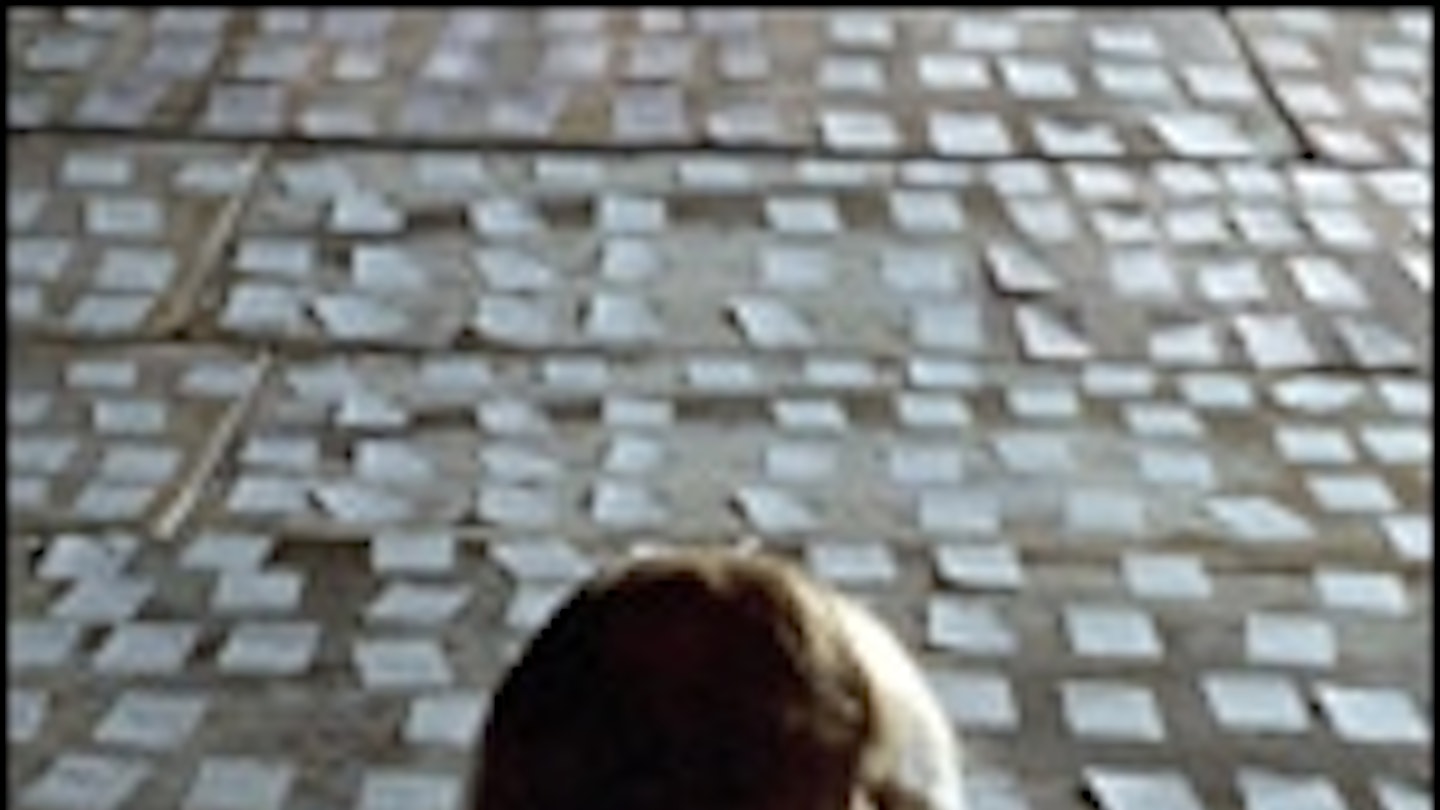Scriptwriters have their obsessions. For Billy Wilder it was the mercenary heart of the American Dream; with John Milius it was something as naggingly perfect as John Ford’s Western, The Searchers. For Charlie Kaufman, it’s always been the knotty perplexity of the human brain. Yet while we’ve travelled from such magical places as the inside of John Malkovich’s head in his 1999 screenwriting debut, Being John Malkovich, to the crumbling beach house at the heart of Jim Carrey’s romantic memories in Eternal Sunshine Of The Spotless Mind, Kaufman’s scripts have always begun in frosty grey worlds inhabited by frizz-haired outcasts.
In the past, Kaufman’s director/collaborators Spike Jonze and Michel Gondry have tempered this gloom with larger-than-life performances (Malkovich, Adaptation), or a comic-book zaniness (Human Nature, Eternal Sunshine). With Kaufman at the controls, reality is grittier than ever: Caden (Philip Seymour Hoffman) lives in a cramped apartment with an unhappy artist wife Adele (Catherine Keener) and their four year-old daughter, Olive (Sadie Goldstein). Even the film stock looks grainy and deep-pored. The dream-logic of previous scripts is also more overt. Events are filtered through Caden’s rheumy worldview, where cartoons of himself feature in pharmaceutical ads on TV, and, poisoned by Adele’s artistic ambitions, both he and Olive appear to be excreting paint, their bodies decaying from the start. It’s here that you can see SNY’s roots as a horror movie project, focusing on fears of illness and death. What saves these scenes from excessive gloom is Kaufman’s desire to locate his characters in the real, rather than the comic.
When Adele leaves Caden and takes their daughter to start a new life in Berlin, Caden hooks up with the cat-like Hazel (Samantha Morton), who works in his theatre’s box office. Their relationship is flawed and frustrating, but the chemistry between the two actors is a fizzing delight which the film revels in.
This idea that we’re seeing the beauty of life that Caden is missing is brought home when he’s awarded his Genius Grant and is shown his gargantuan Manhattan work space. His only idea is an epic play about his own life — something “big, true and tough. You know, finally put my real self into something”, with actors playing his daughter, ex-wife, Hazel and himself. A grandiose attempt to make his wife notice him, Caden’s play may also signify our own desire to order the chaos of the everyday, or simply Kaufman’s inability to finish his script. But as it grows — with Caden enlisting thousands of actors and building life-size New York sets — so does the film’s richness, spinning off into a looking-glass world of magical revelations and surreal dead ends, where characters buy burning houses, become doppelgängers of each other and start dating the fake versions of themselves. By the end, it’s hard to tell whether we’re in the maze of Caden’s mind or observing real life, but what cuts through is the humanity on show. Caden’s moment of enlightenment may come too late but, for us, the experience is close to overpowering.




